Van Halen is credited with revitalizing hard rock in the late ‘70s, adding a dose of brash fun to what had become a somewhat dour genre. Their crowd-pleasing tendencies also allowed them to make many incursions onto the pop charts during their heyday.
Videos by American Songwriter
That heyday, at least in terms of commercial success, lasted well into the ‘90s. As a matter of fact, the last time they hit the U.S. Top 40, it came right before simmering tensions boiled over and largely put the kibosh on their most successful period.
New Lead Singer, Same Success
Van Halen earned a lot of notoriety for their hard-partying ways when they emerged from Los Angeles at the tail end of the ‘70s. But let’s not sleep on the impact they made with their music. Their first five albums, all with lead singer David Lee Roth, ushered in a new era of hard rock.
Unfortunately, Roth started to rub his bandmates (especially Eddie Van Halen) the wrong way, which led to him embarking upon a solo career following the massive 1984 album. Van Halen didn’t blink, instead installing Sammy Hagar for the 5150 album in 1986.
While you’ll never find a consensus among VH fans about which lead singer’s era was the best in artistic terms, it’s clear the Hagar period proved every bit the box-office powerhouse as Roth’s. Starting with 5150, Van Halen reeled off four straight No. 1 albums, something they were never able to achieve with Roth. That included Balance, the final album in that stretch that was released in 1995. However, by that time, some cracks in the edifice were starting to show.
Striking a Balance
The sessions for Balance were witness to a band that was starting to come apart at the seams. Hagar and Eddie Van Halen were starting to pull in opposite directions. Producer Bruce Fairbairn also aggravated Hagar with his demands.
One of those demands was for something that would give the band pop radio play once again. Each of the Hagar-era albums had delivered at least one Top-40 hit, and the band wanted to continue in that vein. Instead of searching through his copious archives of unused music for something that fit the bill, Eddie decided to write something new.
Hagar came up with the lyrics, which depicted someone who’s holding on to a romantic relationship for dear life, even though it’s not clear whether the other person is as committed to it. The bright, propulsive “Can’t Stop Lovin’ You” gave the band the hit it wanted, peaking at No. 30 on the pop charts.
The Aftermath
You probably could have won a bunch of scratch if you had wagered “Can’t Stop Lovin’ You” would be the last time that Van Halen would make the U.S. Top 40. After all, Balance was another No. 1 album, and it was followed up by a typically successful globetrotting tour.
But the tensions between Hagar and the rest of the band weren’t about to be eased by any amount of success. Hagar left in 1996 after a blowup concerning the recording of a few songs for the Twister soundtrack. David Lee Roth returned for a heartbeat before angering Eddie Van Halen again.
Extreme lead singer Gary Cherones was tapped for Van Halen III in 1998, but that change was a bridge too far for even diehard fans of the band. VH would release just one more studio album in their career, and they never hit the Top 40 again after the somewhat unheralded “Can’t Stop Lovin’ You.”
Photo by Jim Steinfeldt/Michael Ochs Archives/Getty Images

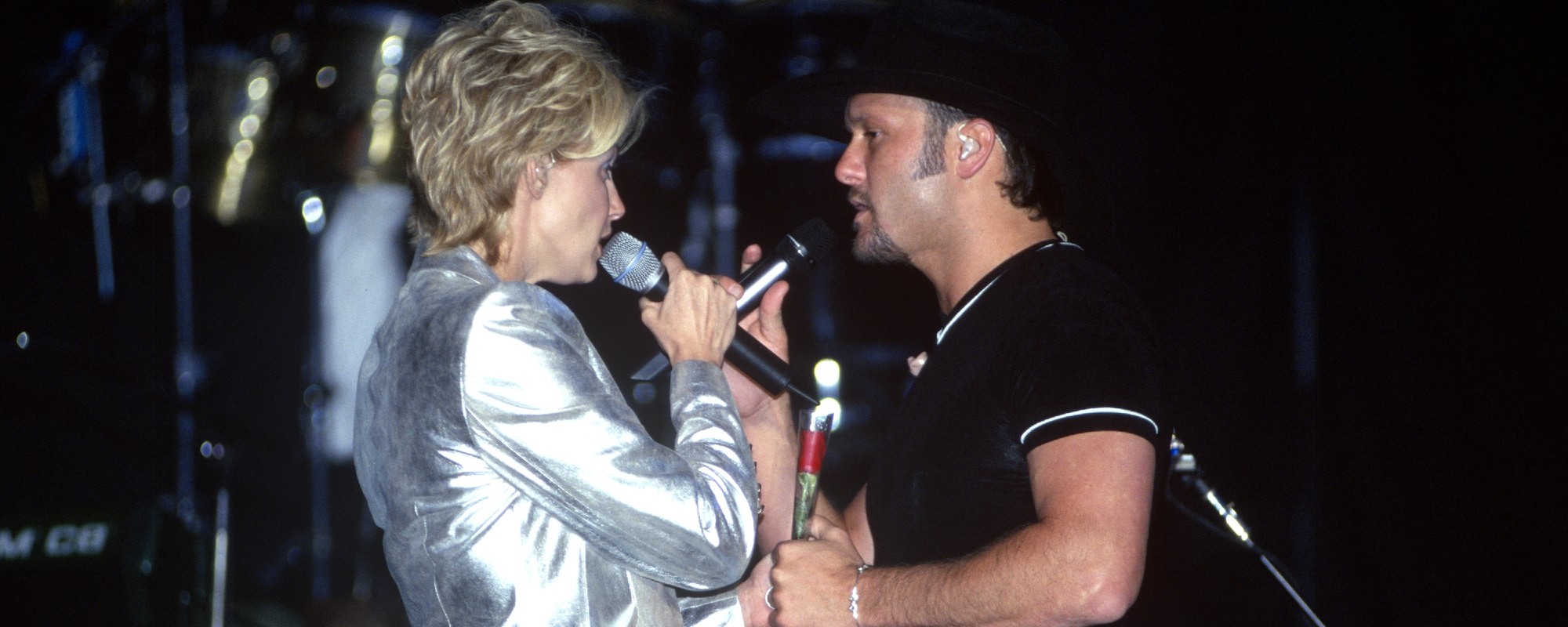
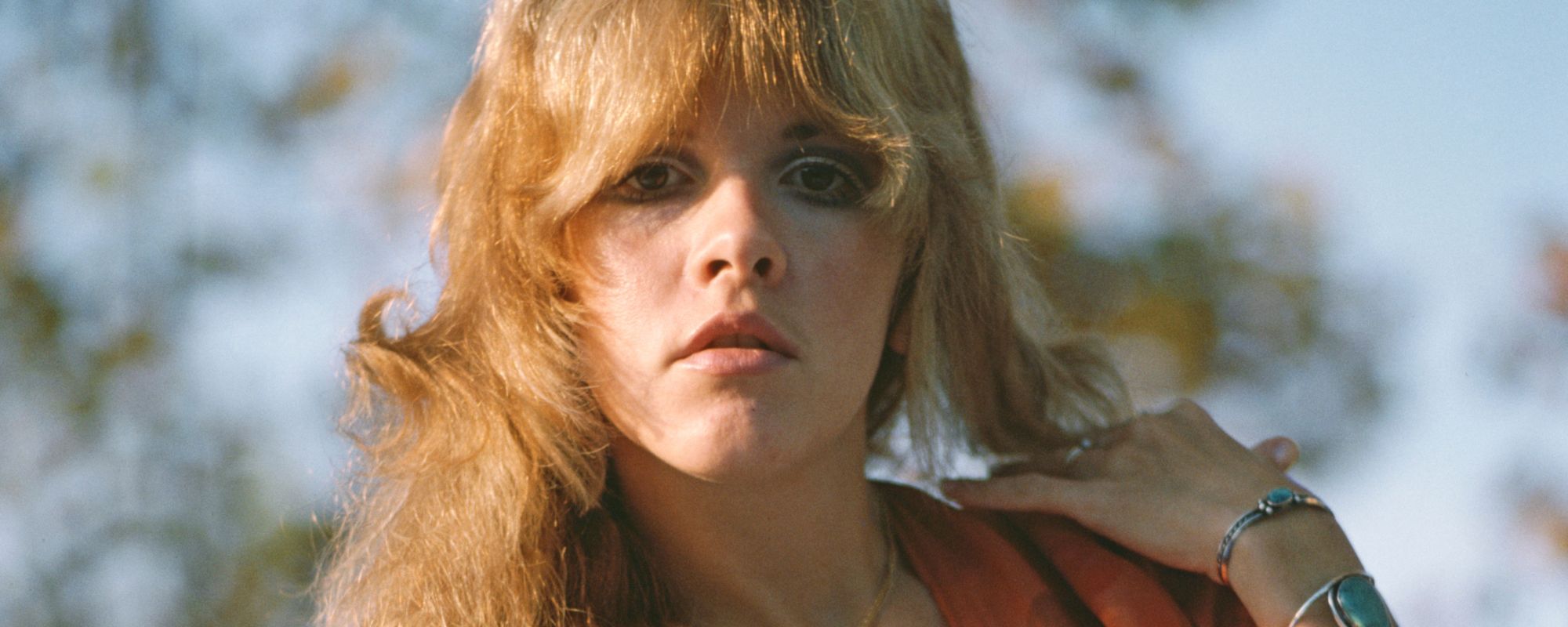


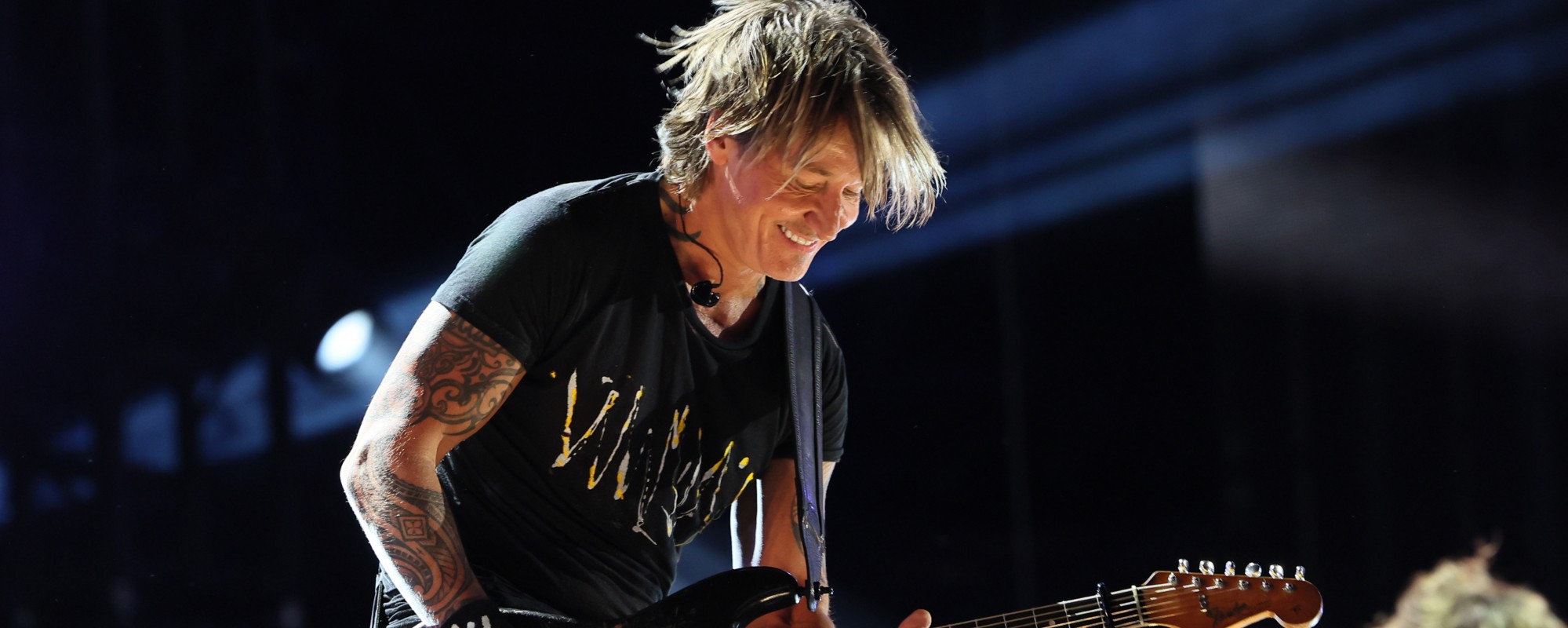
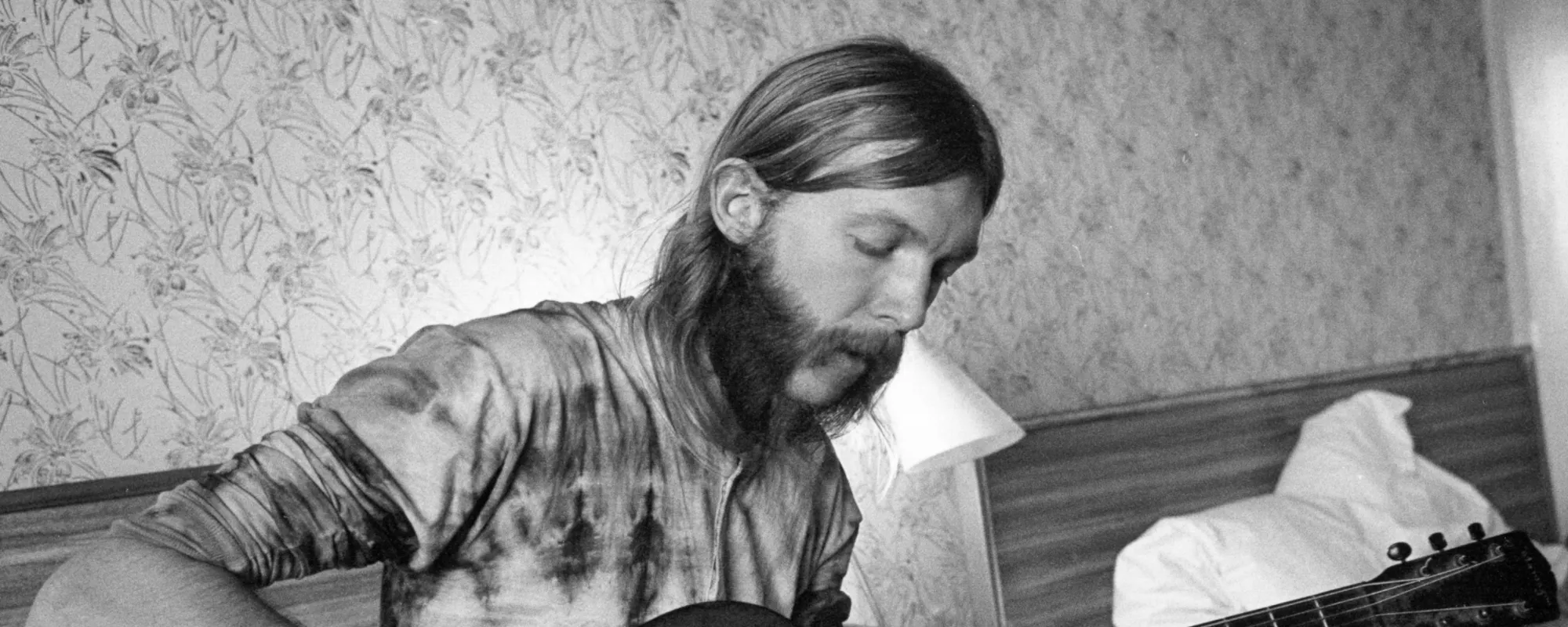

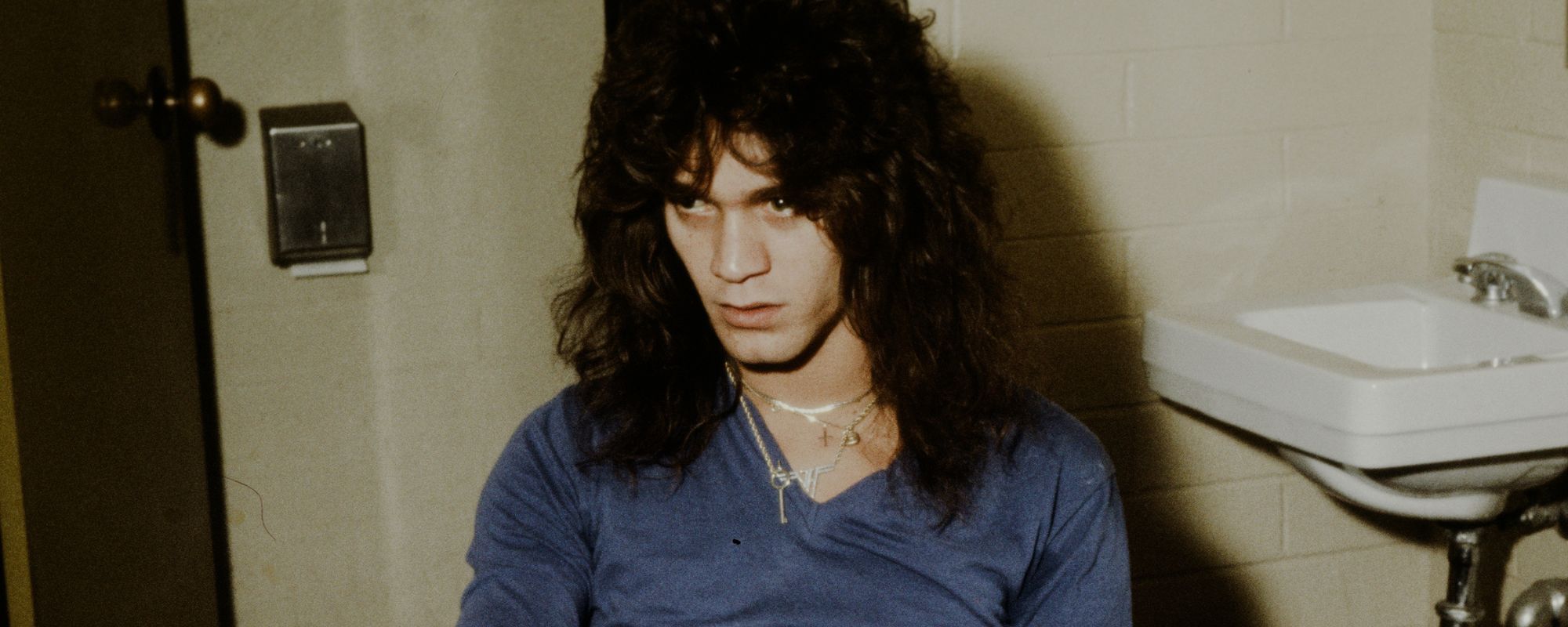
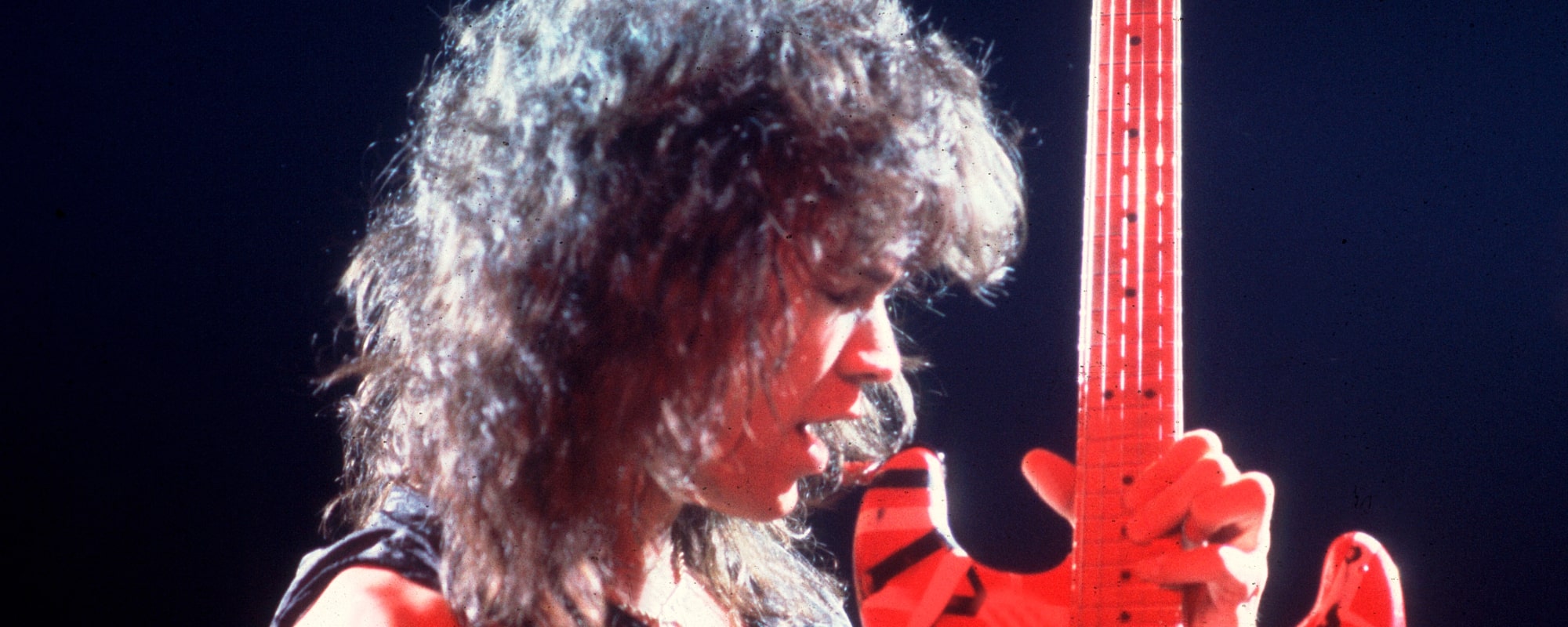
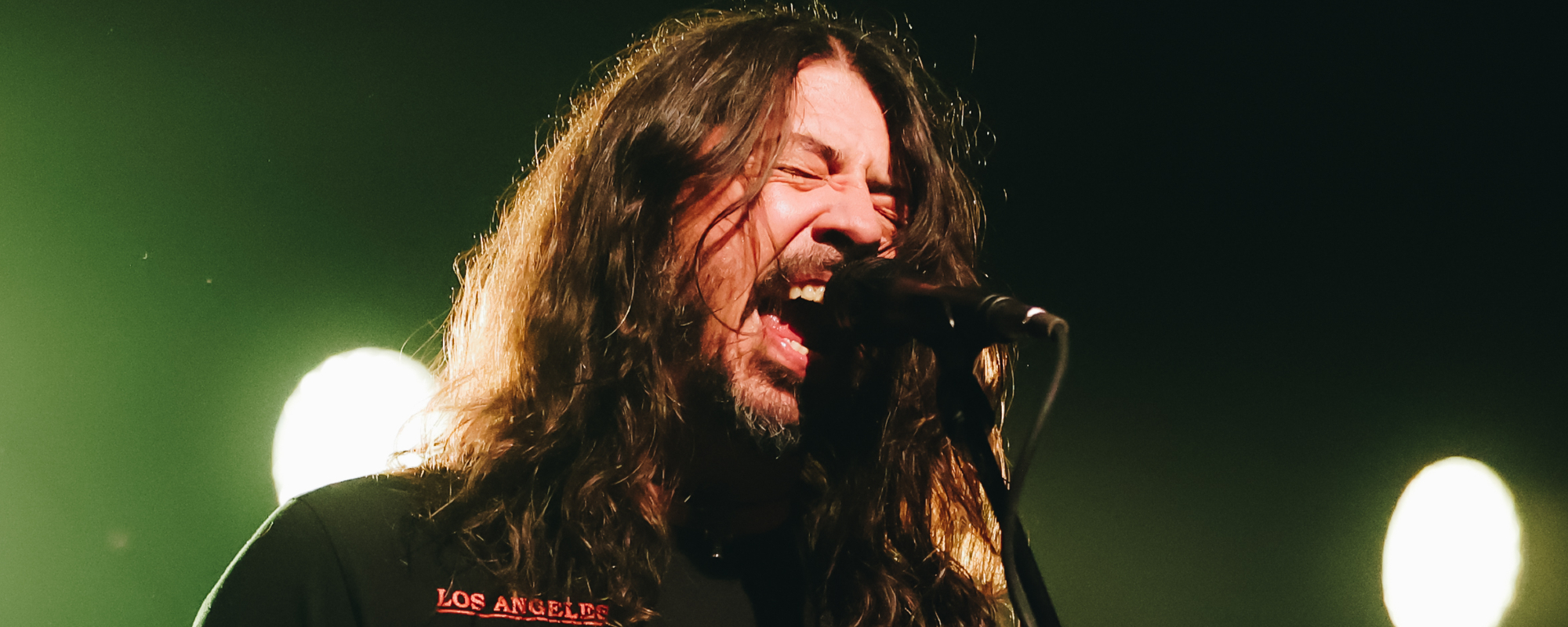
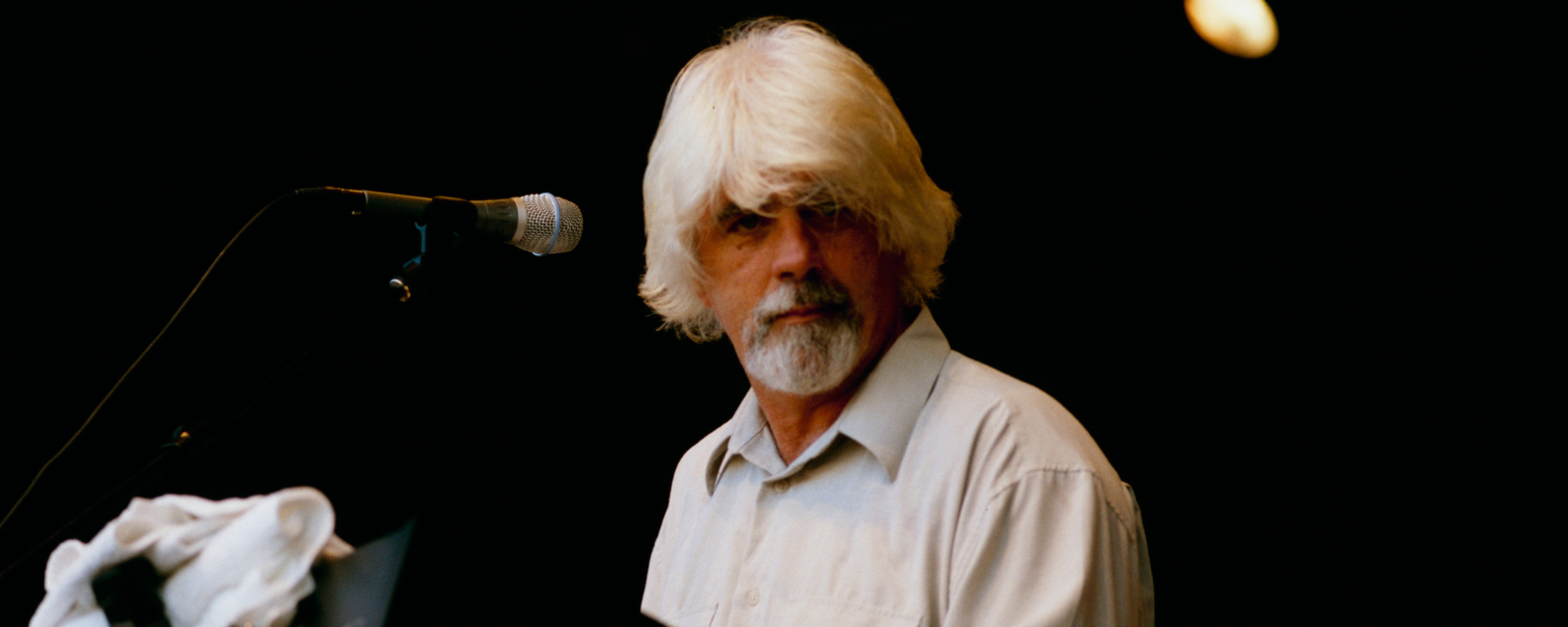
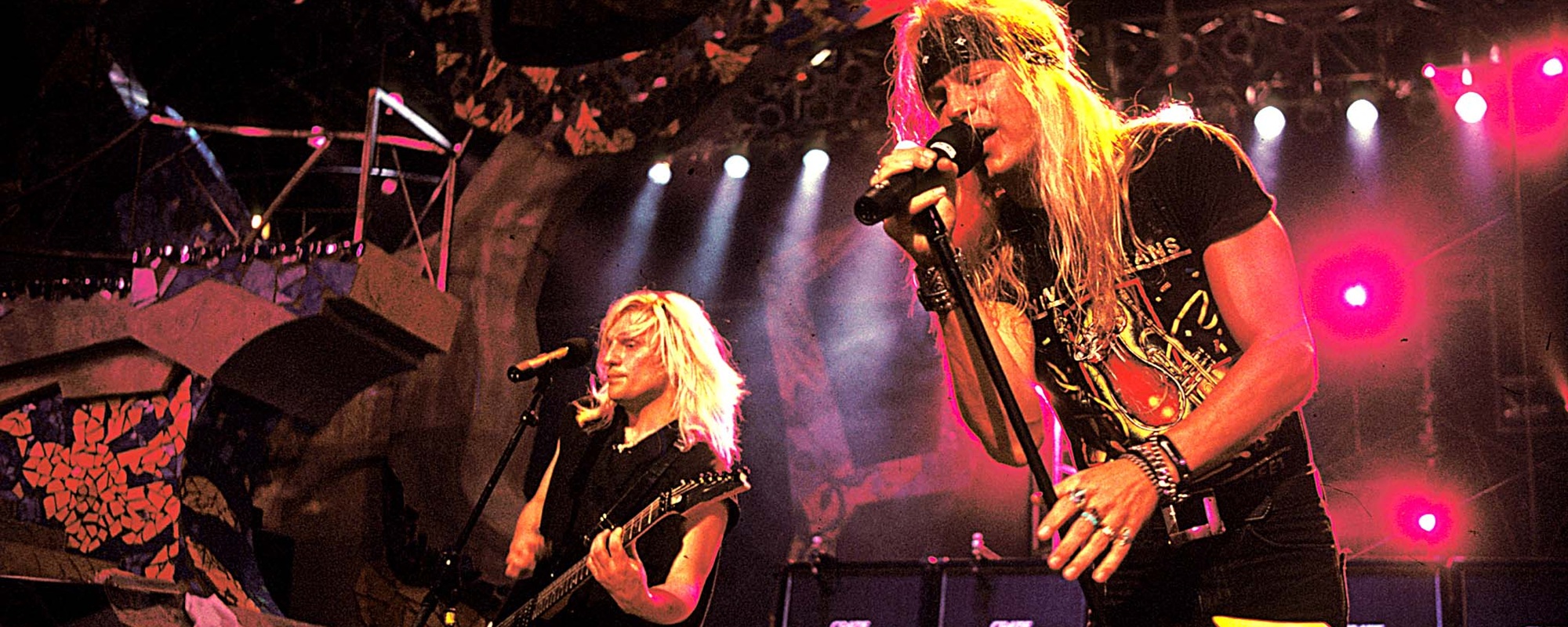
Leave a Reply
Only members can comment. Become a member. Already a member? Log in.